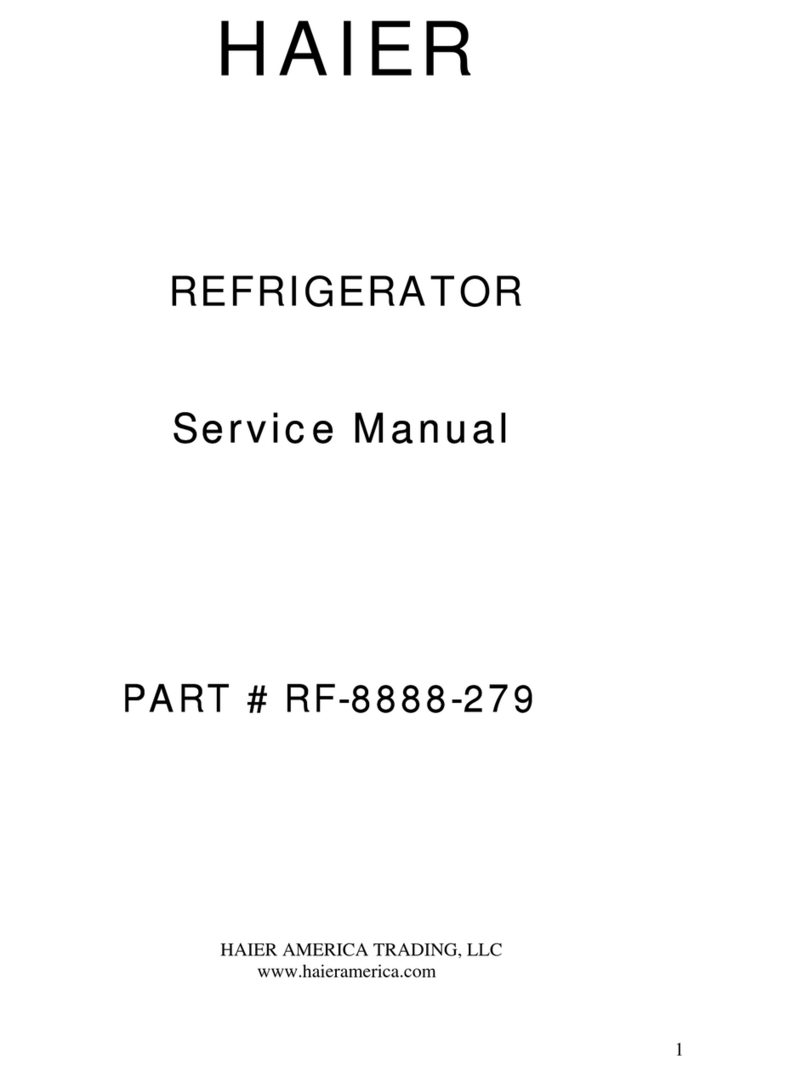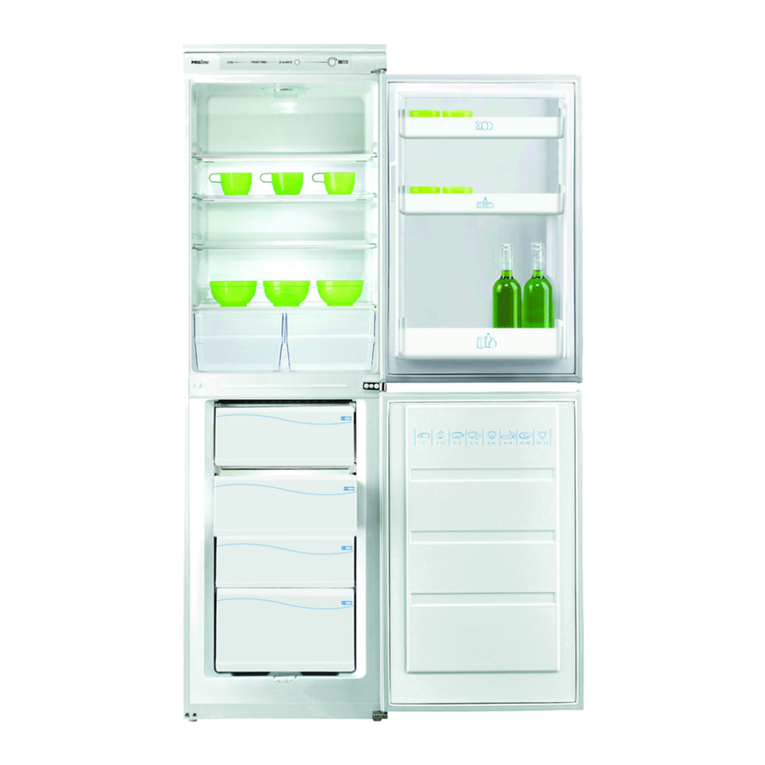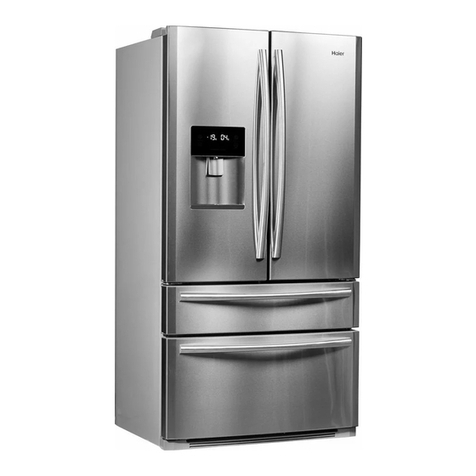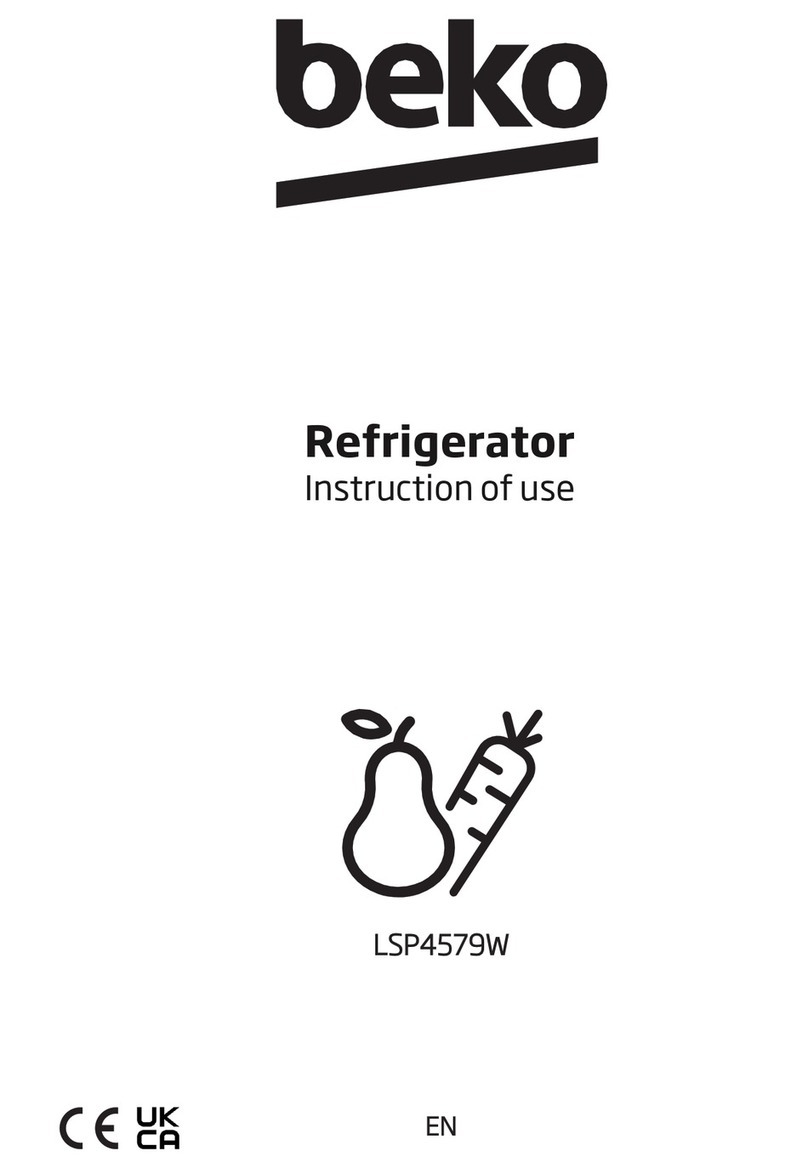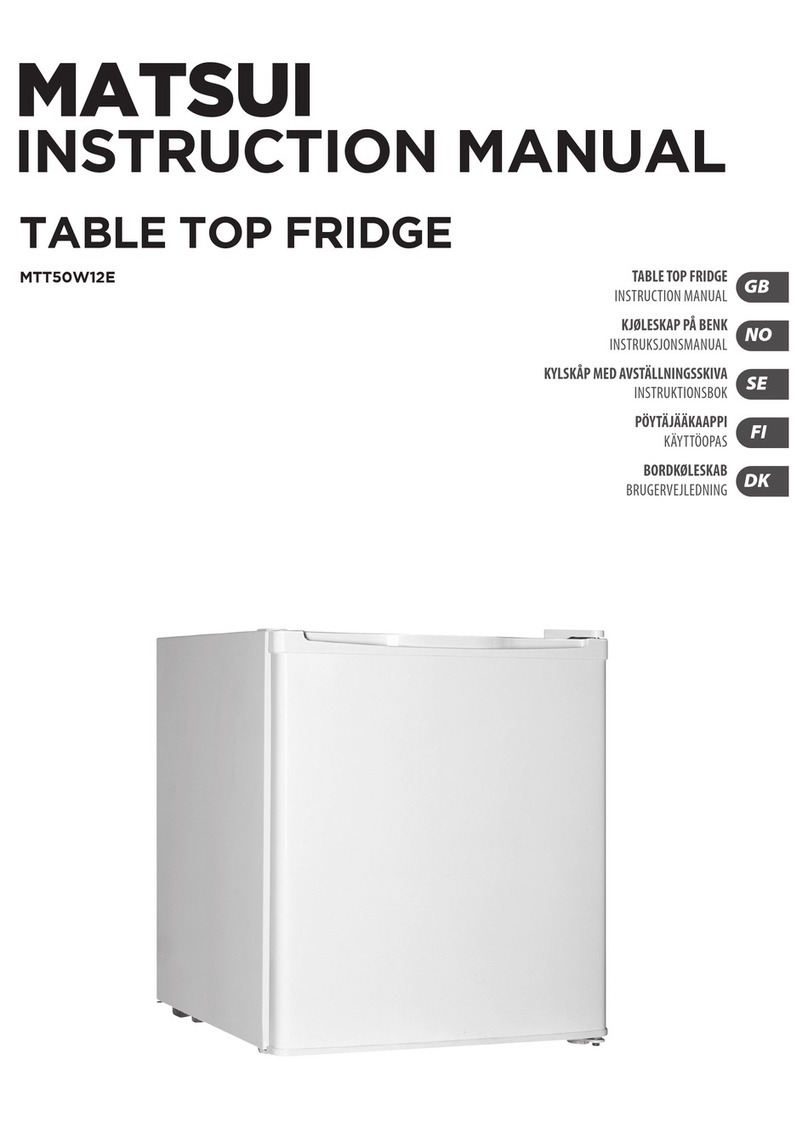Haier HRF-347F User manual
Other Haier Refrigerator manuals
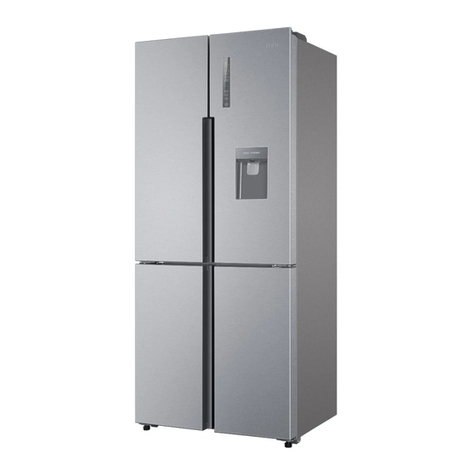
Haier
Haier HTF-452WM7 User manual
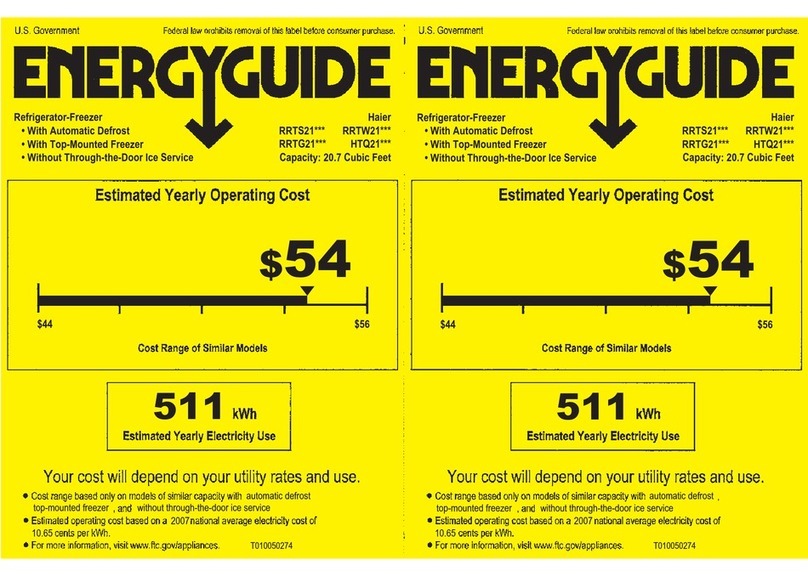
Haier
Haier RRTG21PABB - 20.7 cu. Ft. Refrigerator Assembly instructions
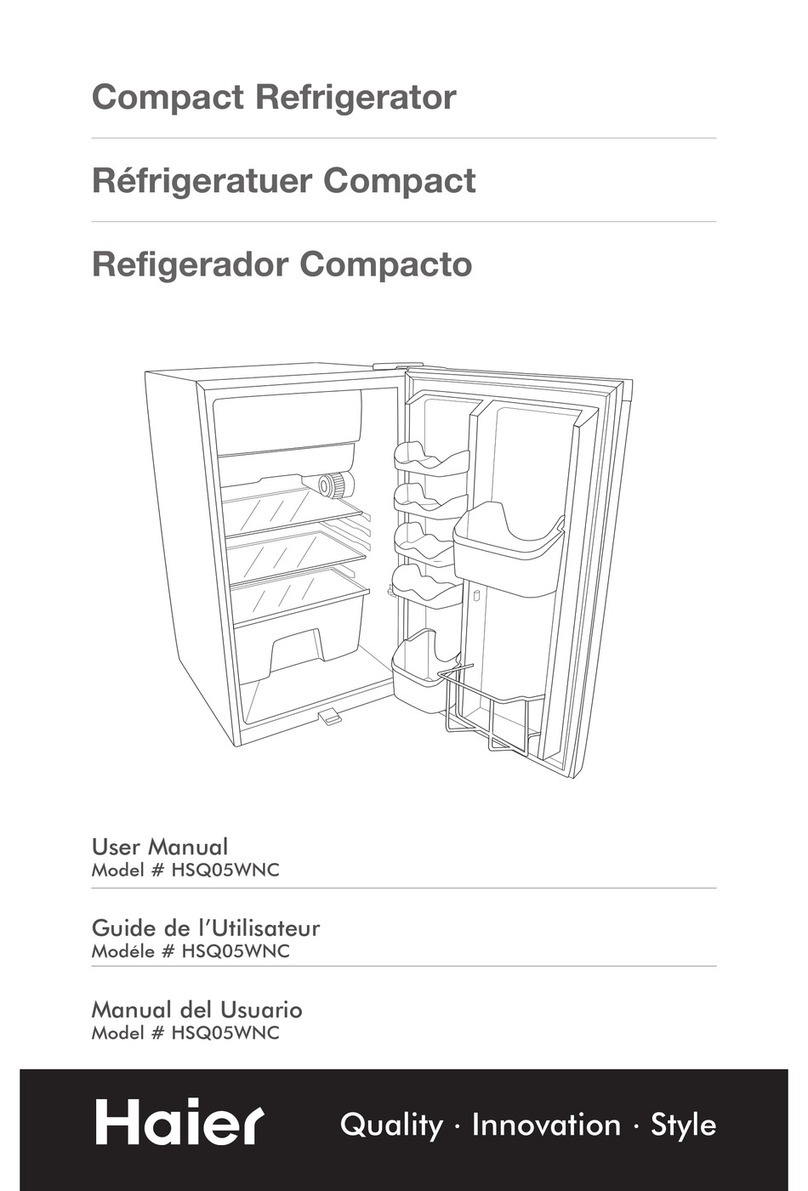
Haier
Haier HSQ05WNC - 04-06 User manual
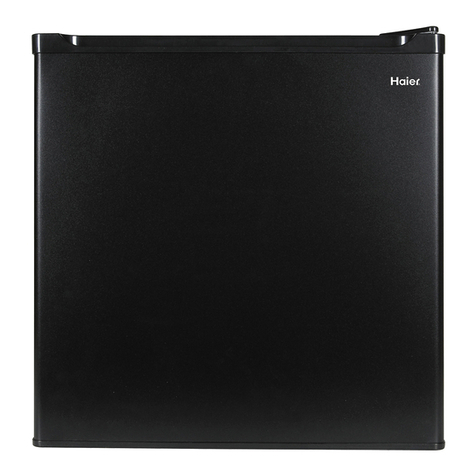
Haier
Haier HC17SF15R User manual

Haier
Haier HR-858FK User manual

Haier
Haier HRFZ-316AA User manual

Haier
Haier HRC2736BW User manual
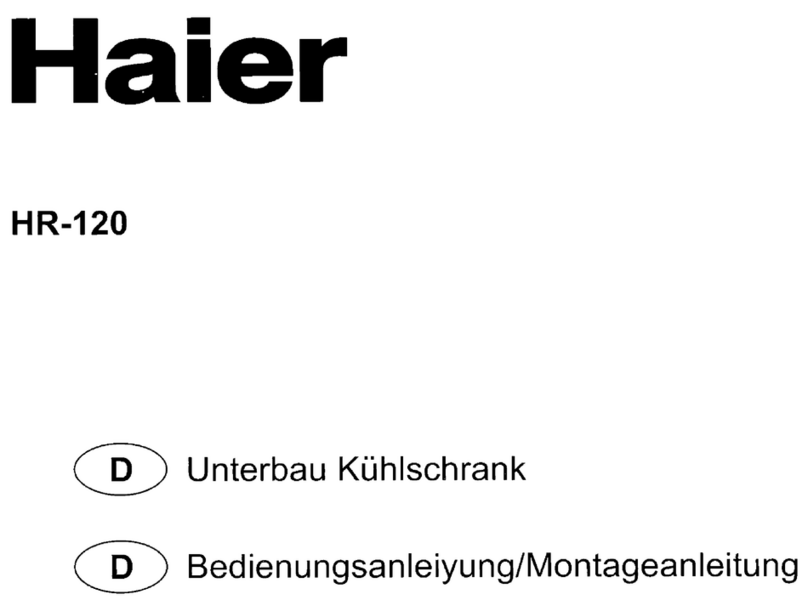
Haier
Haier HR-120 Quick start guide
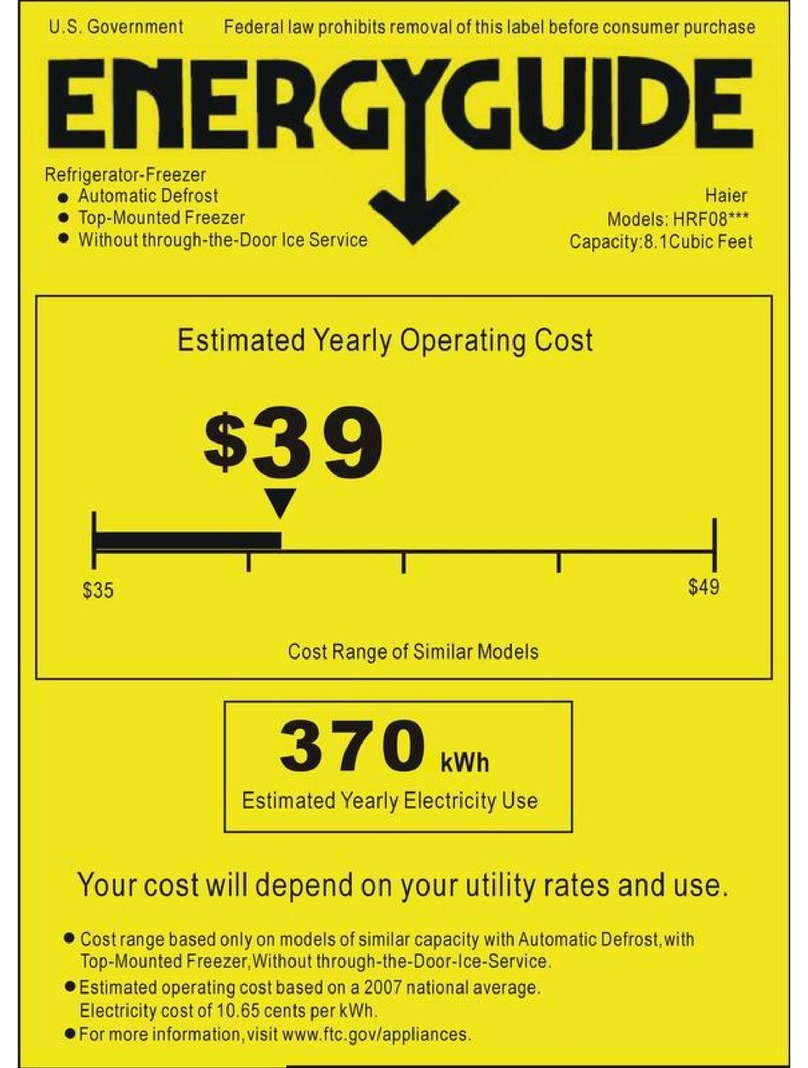
Haier
Haier HRF08WNDWW Assembly instructions
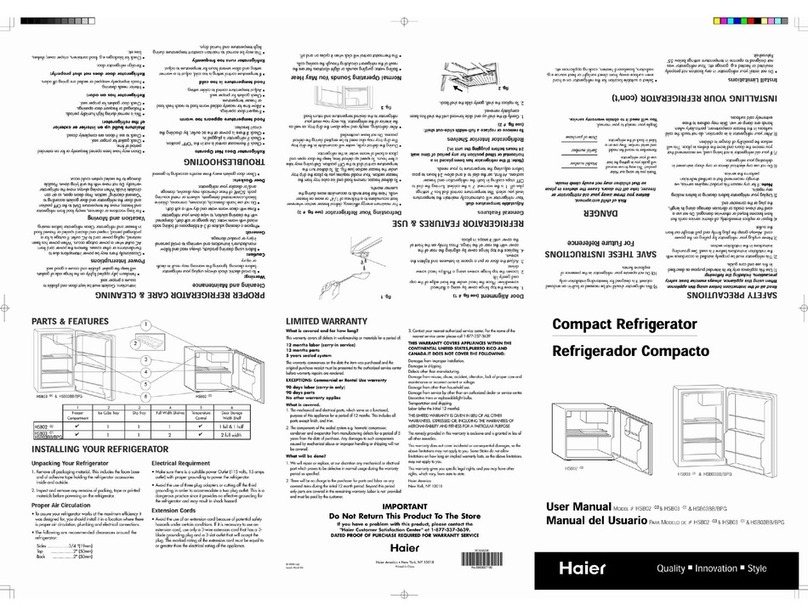
Haier
Haier HSB03 User manual

Haier
Haier HRC2736BWB User manual
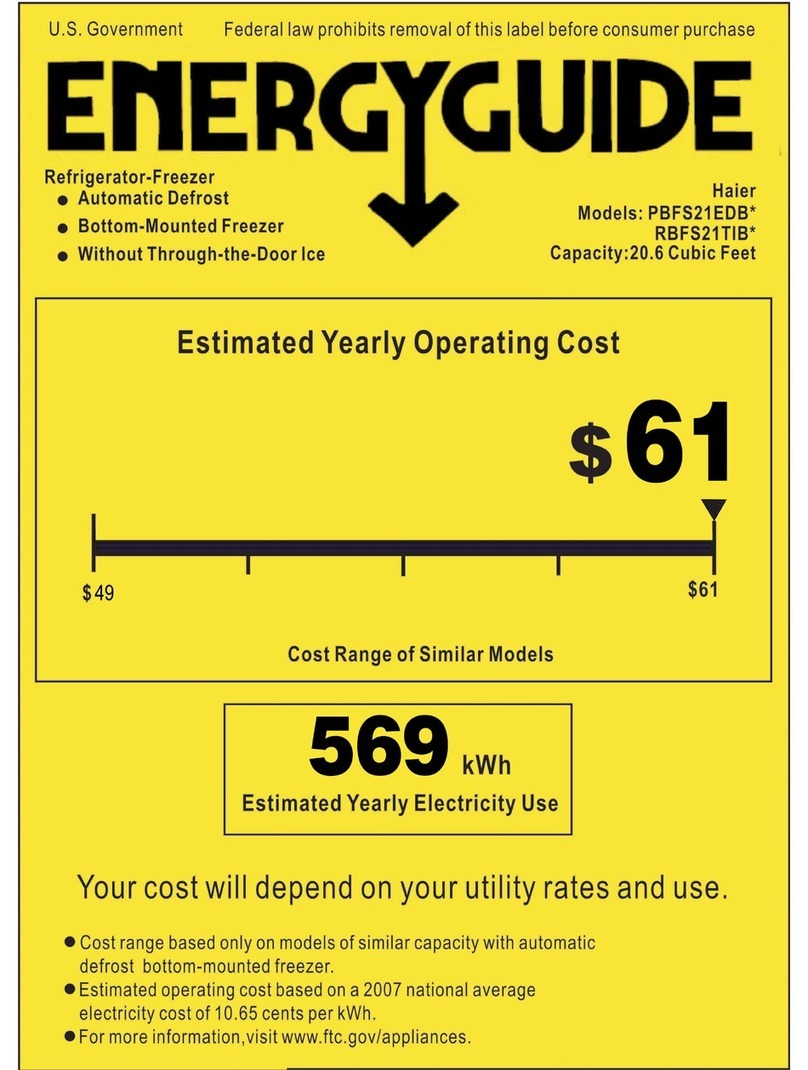
Haier
Haier PBFS21EDBS Assembly instructions
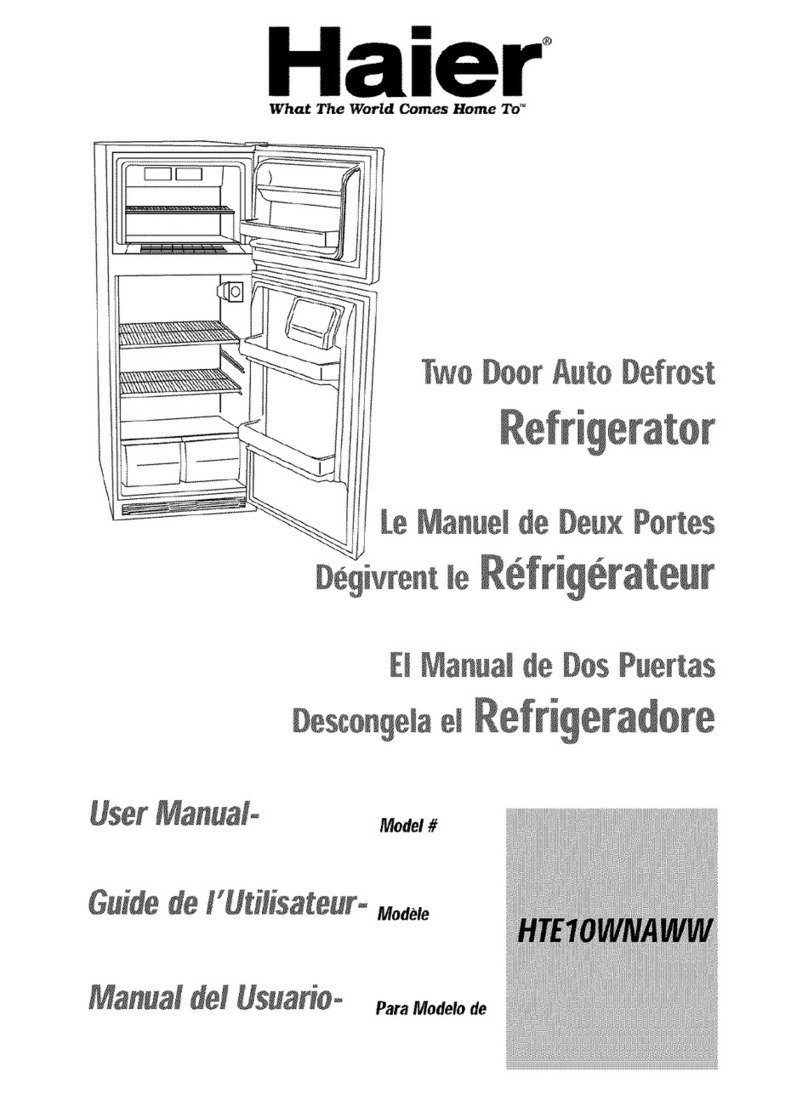
Haier
Haier HTE10WNAWW User manual

Haier
Haier HRF-588FA User manual
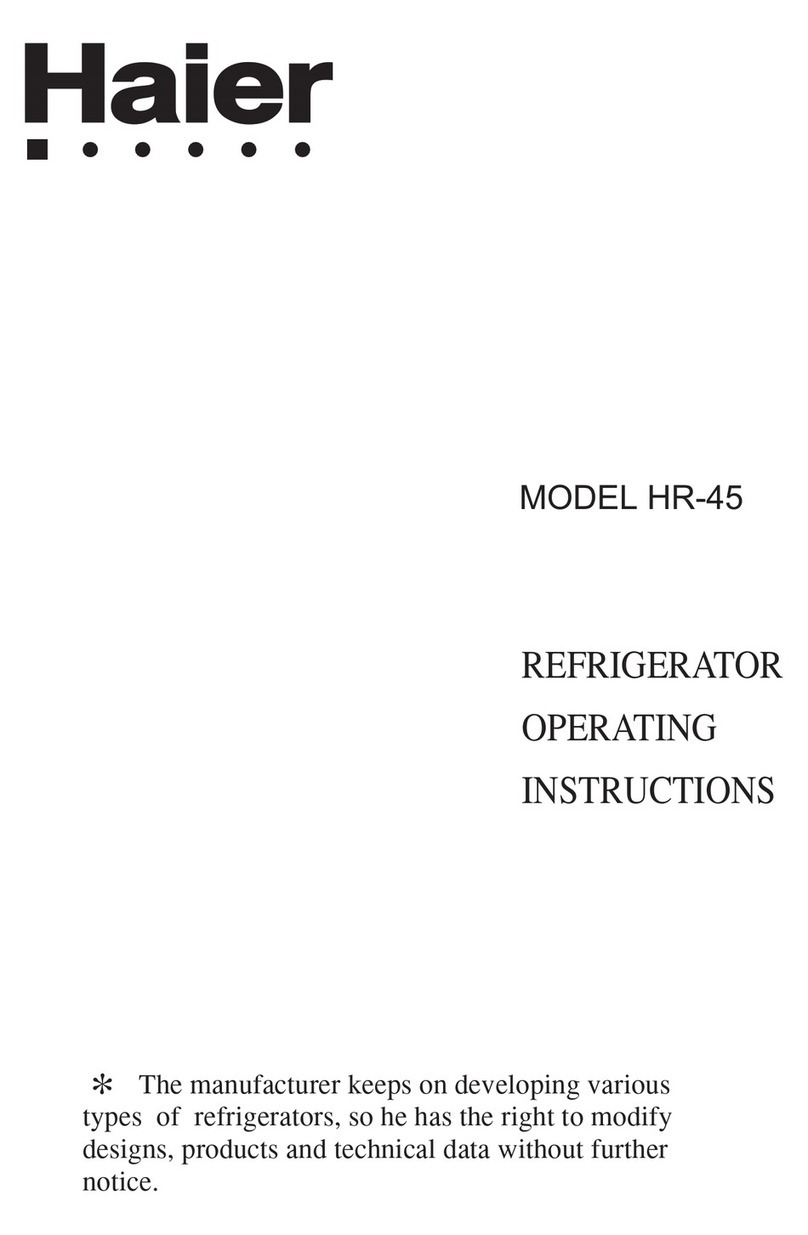
Haier
Haier HR-45 User manual
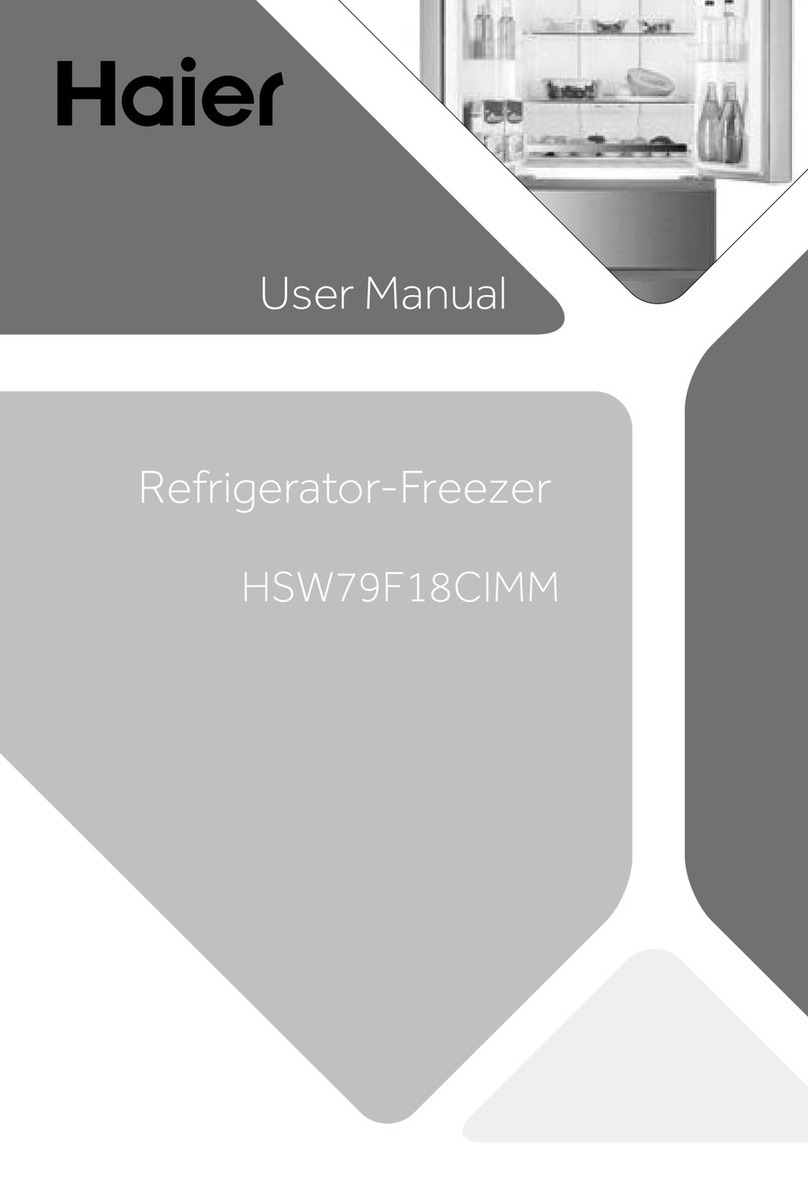
Haier
Haier HSW79F18CIMM User manual
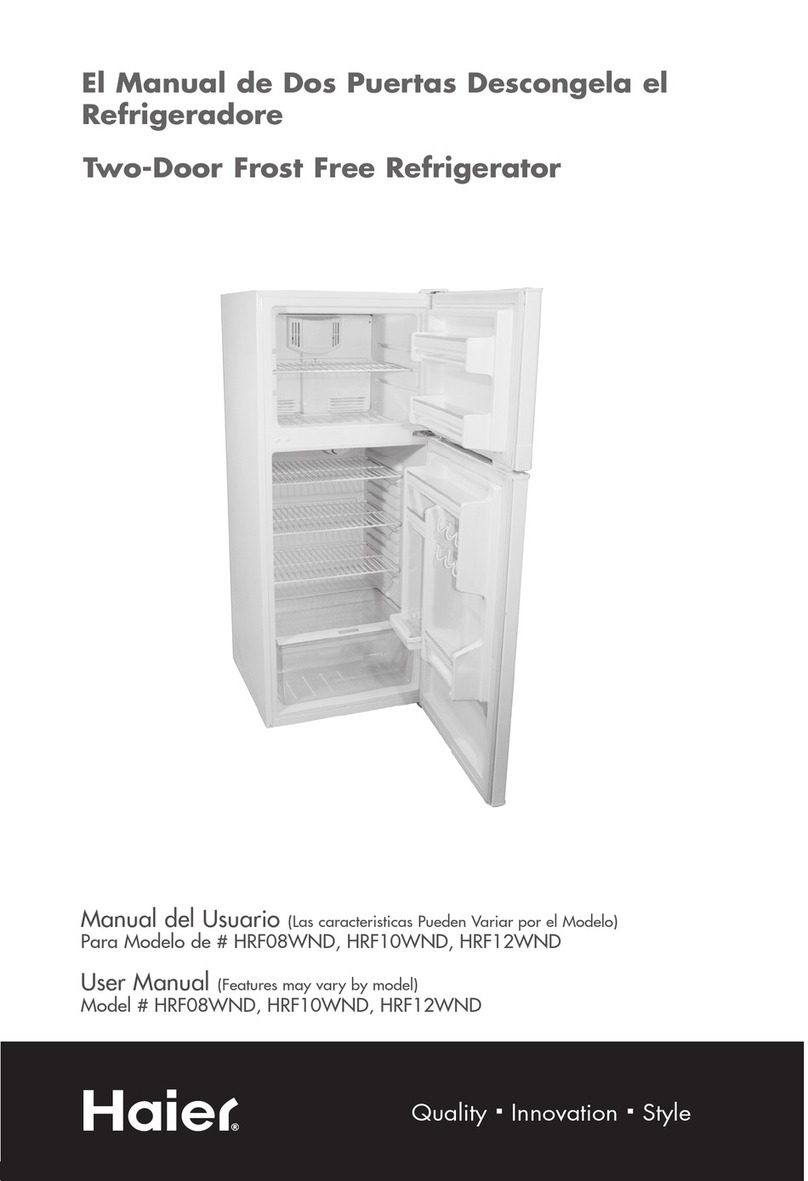
Haier
Haier HRF08WND User manual
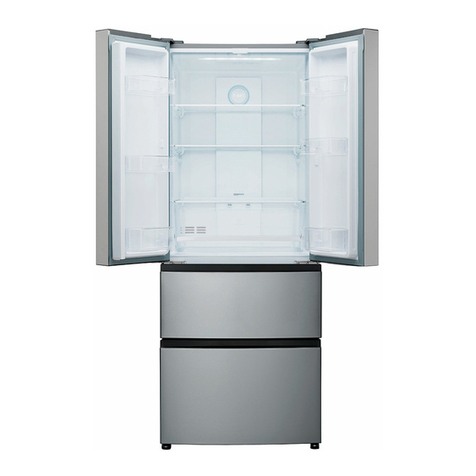
Haier
Haier HFD462FS1 User manual

Haier
Haier HRB-271 User manual
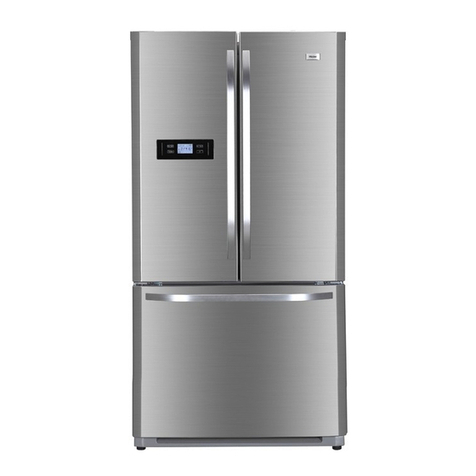
Haier
Haier HTD647SS User manual
